Heritage railways in the UK are operated in order to re-create or preserve heritage railway routes, many of which closed as a result of transport changes after World War Two and the Beeching cuts in the 1960s. They are normally ‘not-for-profits’ often run by volunteers and can be lines of local interest with many being tourist or educational attractions in their own right. A number of them have become even more important in the last year with many more people holidaying in the UK.
Much of the rolling stock and other equipment used on these railways is original and is of historic value, including the signalling and telecoms (S&T) systems. These have to be managed, maintained, and operated just like the S&T equipment on main line and metro railways, and with the same safety requirements.
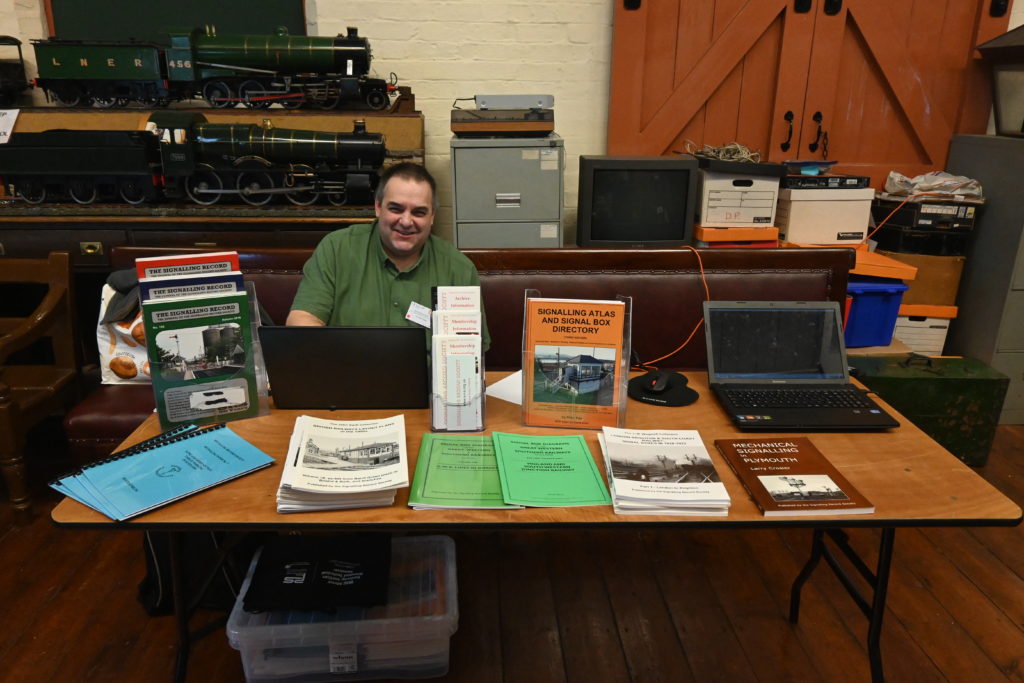
The Institution of Railway Signal Engineers (IRSE) Minor Railways Section (MRS) aims to support, assist and provide guidance to, and learn from those involved in the heritage S&T community. This includes all aspects of historic S&T equipment and the section shares information and gives guidance regarding items such as safety, legal requirements, communication of industry relevant information, technical processes and procedures, compliance, and competence. The MRS is now 12 years old, so is anything but minor, and has become a source of valuable signalling knowledge via its guidance notes.
Embracing technology
The S&T systems of many heritage railways aim to replicate both the look and operating practices of historic former railways companies, but in the ‘background’ some heritage railways use innovative and creative engineering solutions which can put main line railways to shame. For example, the Ravenglass & Eskdale Railway was using radio to signal trains long before radio-based signalling was used on main lines. Voice over Internet Protocol (VoIP) is used, for example on the Severn Valley Railway (SVR) as well as the North Yorkshire Moors Railway (NYMR), and many heritage lines have embraced early adoption of LEDs as a replacement for oil lamps. Programmable logic controllers for level crossing control have been used on the Romney, Hythe & Dymchurch Railway and Dean Forest Heritage Railway; and the list could go on.
The theme of the 7th IRSE MRS Biennial Technical Seminar, held in November 2021, was creative innovation, application and progress in minor railways signalling. A total of 62 attendees representing 25 heritage railways meet at the Kidderminster Railway Museum on the SVR. The IRSE MRS were very grateful to Park Signalling and Green Dragon Rail for their sponsorship of the seminar and the Kidderminster Railway Museum for hosting the day. Eleven ‘minor’ railways and suppliers took part in the presentations.
Digital Block Controller
Ian Allison from Park Signalling gave an update on the DiBLoC (Digital Block Controller). With a token system, possession of a physical token gives a driver authority to enter a particular section of line and electric token machines allow two or more trains to travel in the same direction over a section of single line. DiBLoC replicates the traditional token instrument, but with modern digital communications, which can include commercial telecoms broadband links.
DiBLoC has been designed to be a ‘like-for-like’ replacement for traditional style token instruments and to allow a section of single line to be controlled without the need for expensive traditional copper lineside cabling. It is designed to communicate digitally through Internet Protocol (IP) based communications.
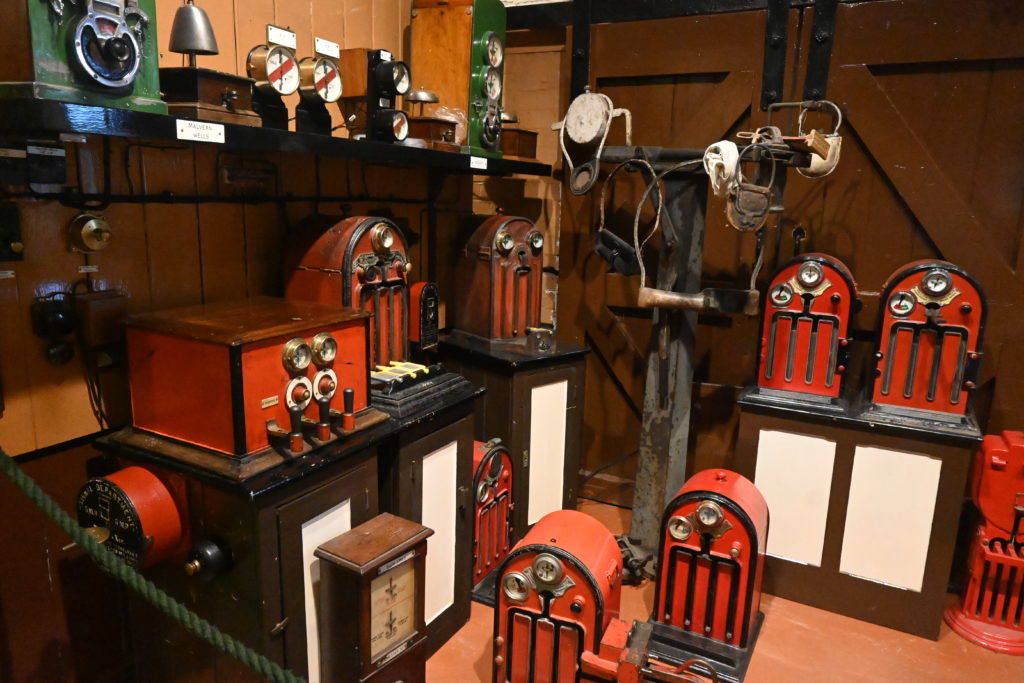
Ian explained the trial of the first two type DiBLoC KT100 instruments took place at the Ecclesbourne Valley Railway in March 2019. Further trials were then carried out at the Romney Hythe & Dymchurch Railway with over 5,000 token exchanges, from which arose a number of issues including potential corrosion implications due to the salt atmosphere and low temperatures causing failures. The led to the development of an upgraded instrument, the KT101.
This will now be installed during 2022 on the main line Network Rail network, on the Central Wales Line (Pantyffynnon to Llandeilo), Dartmoor Line (Crediton to Okehampton) and the Rylstone Branch (Skipton to Swinden Quarry). So, the Romney Hythe & Dymchurch Railway has assisted the main line railway with the development of an IP token instrument solution, and it has been far easier to trial the system on the heritage railway, rather than face the main line railway trial equipment processes.
Lynton & Barnstaple Railway
Bob Barnard, past president of the IRSE, gave an interesting description of Lynton & Barnstaple (L&B) Railway. He covered the original line and as it is today. The line reopened in 2004 at Woody Bay and was extended 1.6km to a new station at Killington Lane in 2006. The current signalling at Woody Bay reflects the original signalling at the station, but limits the number of trains and the operational facilities. Killington Lane only has a ground frame and the line is operated by one train.
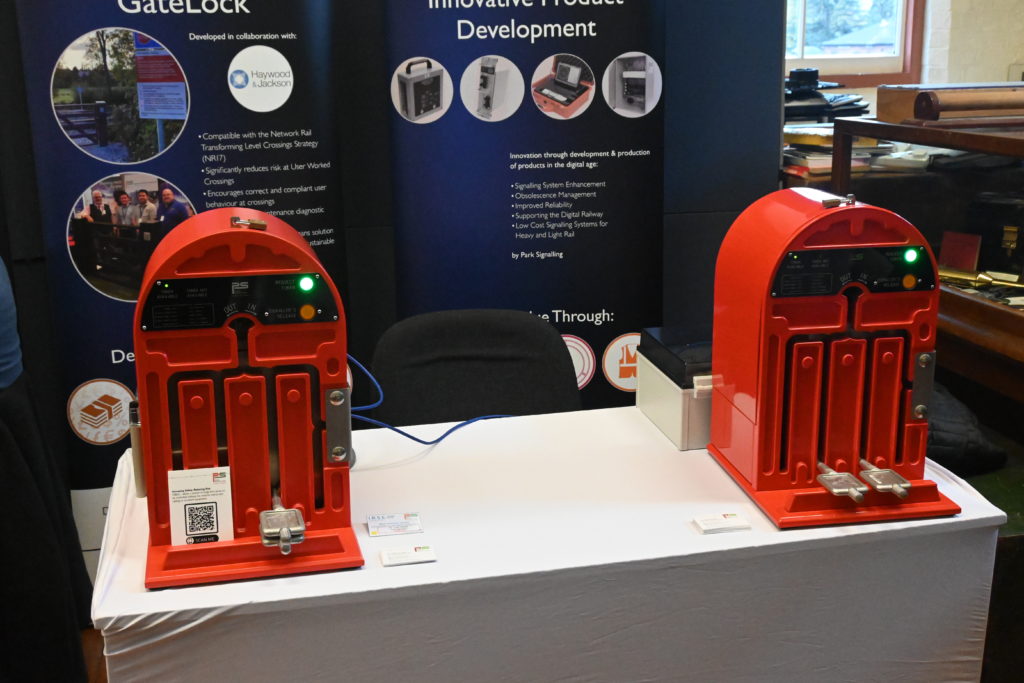
A ‘Phase 2A’ extension of the line from Killington Lane through to a new station at Wistlandpound has been proposed, which is an additional 7.2km. Bob explained the Verification and Validation (V&V) and specification process being undertaken to define the project requirements.
A key objective is to enhance the visitor experience with the sympathetic rebuilding of the line. This will include developing a signalling scheme in keeping with the original signalling and to operate the proposed train frequency. All of this must be achieved while maintaining compliance with current legal and safety standards.
The L&B has created draft timetables with one, two and three trains, to calculate the required train capacity and the point at which ‘crush-loading’ occurs. The main depot of the extended railway will be at Blackmoor, with a fully signalling crossing loop with a staffed signal box. Other options would require a signalled loop at Parracombe and signalling at Wood Bay, while Wistlandpound will be train crew operated. Woody Bay and Parracombe will ‘switch-out’ when not required, reducing the need for operators.
Attracting sufficient volunteers both to operate and engineer heritage railways is always a challenge; therefore, innovative engineering and ways of working may be required. This may include, for some heritage railways, the need to introduce more automation which could conflict with the aim of replicating the original look and operating practice of the railway.
Hydraulic signal operation, Bluebell Railway
Ali Bruce explained the traditional method for power operated signals on the Bluebell Railway, with the use of a Westinghouse Signal Machine. These have been in used for over 100 years, but a shortage of spares and experienced technicians was making it difficult to keep operating them. Hydraulic operation of the signals was selected as British Rail and the East Lancashire Railway had used hydraulic signals at various locations, and hydraulic clamp-lock power packs were readily available.
A ‘proof of concept’ was carried out on a shunt signal at Kingscote. The system worked but there were fluid leaks and the signal returned to ON after about 20 minutes. So, the system was modified with a leak free ‘Poppet Valve’ in the fluid return hose. When the valve coil is energised, the valve is pulled down to its seat, stopping the fluid flow. The operation of the signal was by a farm trailer actuator, which was readily available.
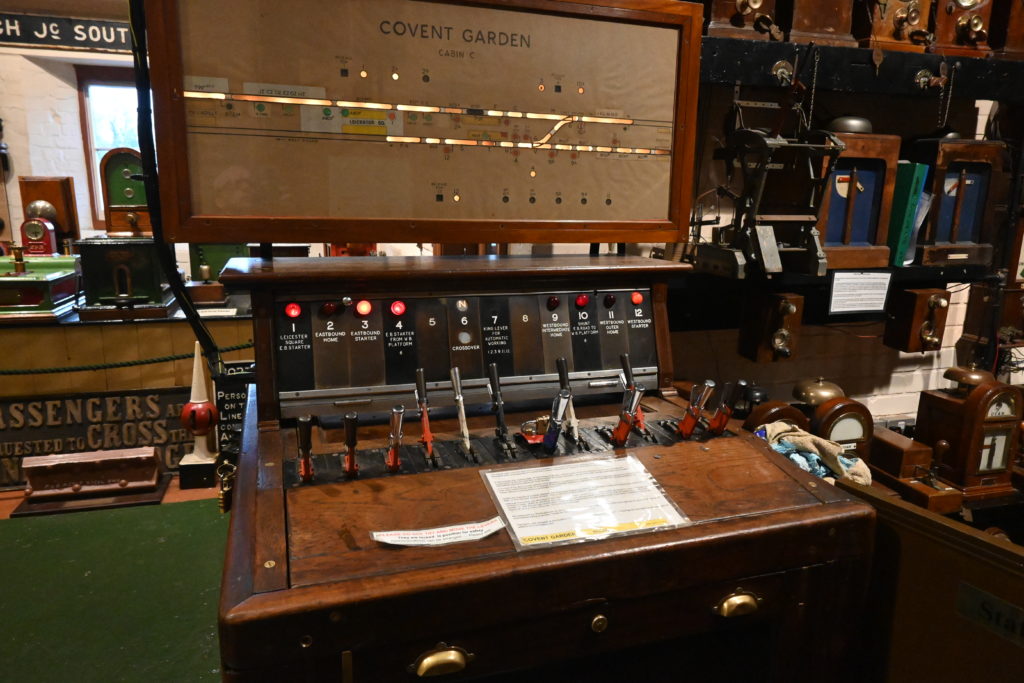
A test signal has completed over 4,000 cycles successfully and during the test it was left in the OFF position for 21 days without any fluid leakage. The first operational signals will be provided at Horsted Keynes inner home and calling-on signals, which have freed up an existing signal motor for use as a spare for other signals.
Southend Pier Railway
Kevin Weston gave a brief history of the Southend Pier railway, also covering its present form as a single line. A crossing loop works automatically by the passage of trains operating various treadles on the approach to the loop and within the loop using two-aspect (red/green) signals and HW1121 point machines. An indication panel in the supervisor’s office monitors the operation of the equipment. In 2017, a condition assessment found there was evidence of age and salt water corrosion.
A damaged treadle has been repaired in the railway workshops and other work included the production of a new maintenance manual, new circuit drawings, and the building of two new override key switch units. New Dorman LED miniature tunnel signals have been installed to replace life-expired GEC signals and the original panel indications have also been replaced with LEDs.
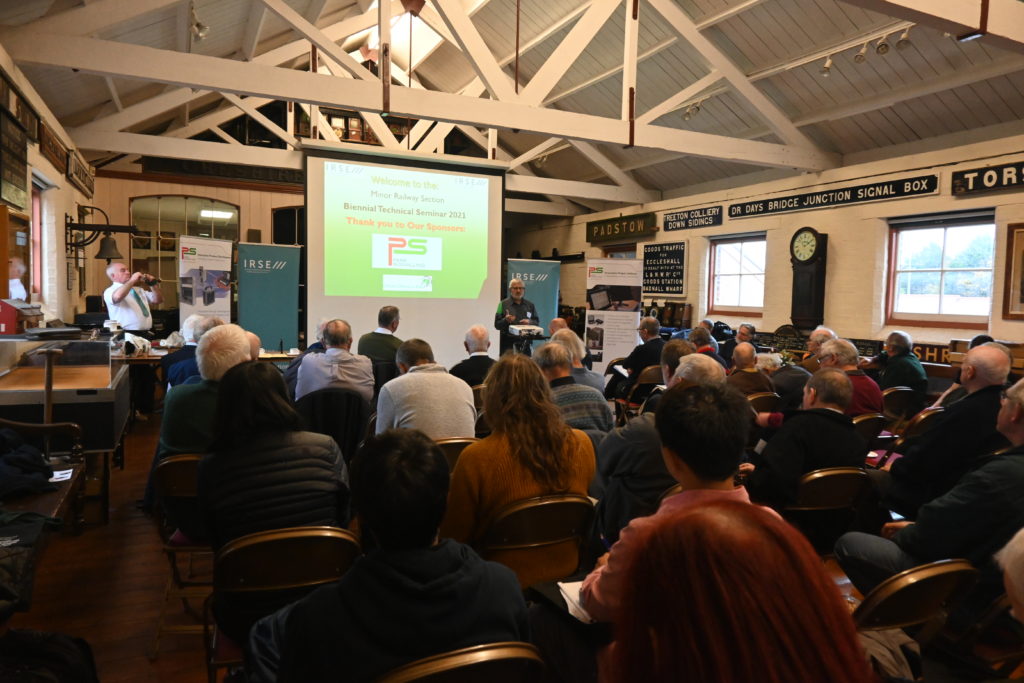
The line is now subject to regular maintenance and testing. This has also allowed signalling trainees and inexperienced designers the opportunity to gain valuable experience working with mainline-type signalling equipment on an operational railway and in a relatively safe environment.
Improving DC track circuits
Denver Whiting from the South Devon Railway explained the reasoning behind the improvement of their 2.2V low voltage track circuits. These used wet lead/acid cells which were costly and have health and safety issues.
A bespoke voltage regulator circuit was developed that could be wired across the output of a single cell track circuit feed unit to provide a stable 2.28V output. The regulator is small enough to fit inside the two types of Track Service Set units used on the railway. The regulator produces a stable output voltage with a faster charging time and will work with wet lead/acid cells if required.
IT security
Dr Liesel von Metz, from Green Dragon Rail explained the importance of data security. She discussed a situation where a company used an in-house server to run the paywall. The server failed and it took three weeks to completely rebuild the server. All the data was backed-up, but none of it could be accessed. Using a third-party host or cloud-based service would be a good solution. But what if administration access can’t be easily found?
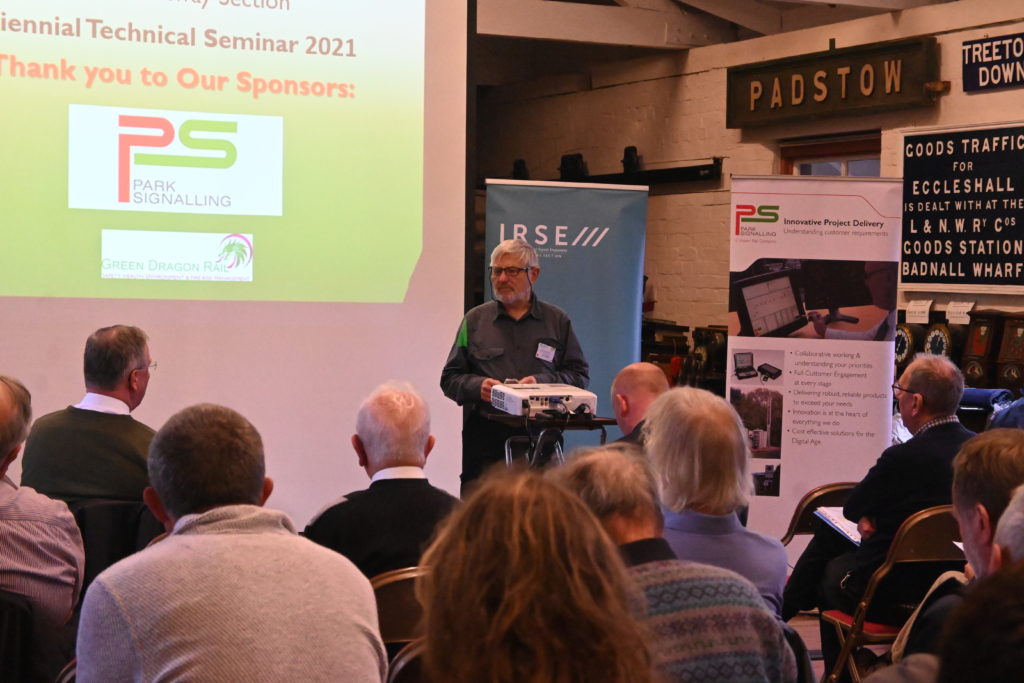
Cyber security and hacking are issues for all organisations, including heritage railways. Data is valuable and, for example, former members of staff with a ‘grudge’ could compromise data security. Everyone should think about their data systems, especially those provided by a third party. Systems which meet General Data Protection Regulation (GDPR) requirements and a secure Virtual Private Network (VPN) with up-to-date anti-virus systems should always be used.
Other presentations heard during the seminar included level crossing gate drive renewals on the North Yorkshire Moors Railway at Grosmont and New Bridge. The railway had carried out repairs to gates in the past, but making new gates using hardwood for the vertical timbers and softwood for the horizontal timbers is now the preferred choice. This allowed the railway to make improvements such as strengthened mortise and tenon joints without changing the overall appearance. New phosphor bronze bearings were made by a local foundry. Making new gates in the railway workshop saved money and allowed the railway to better control the quality.
Awards
The MRS S&T Technician of the Year award was presented by IRSE president Ian Bridges to Chris French, who was the driving force behind the restoration of the redundant Claremont signal cabin in Western Australia. Chris refurbished the electrical and mechanical interlocking of the cabin to simulate the cabin’s busiest period.
He also developed a unique, miniaturised relay set to interface with the existing signalling infrastructure. This includes a McKenzie & Holland No 9 Pattern Lever Frame, Union Switch & Signal Company approach lock timers and various forms of signal and point indicator lamps. The aim being to replicate the typical WAGR colour light signalling used in the Signal Cabin between 1962 and 1983.
Dominic Beglin, the MRS chair, presented the Chair’s award to Charles Hudson MBE. Charles has been involved with the Bluebell Railway, the first standard gauge heritage railway in the UK, since it opened in 1960 and was member number one.
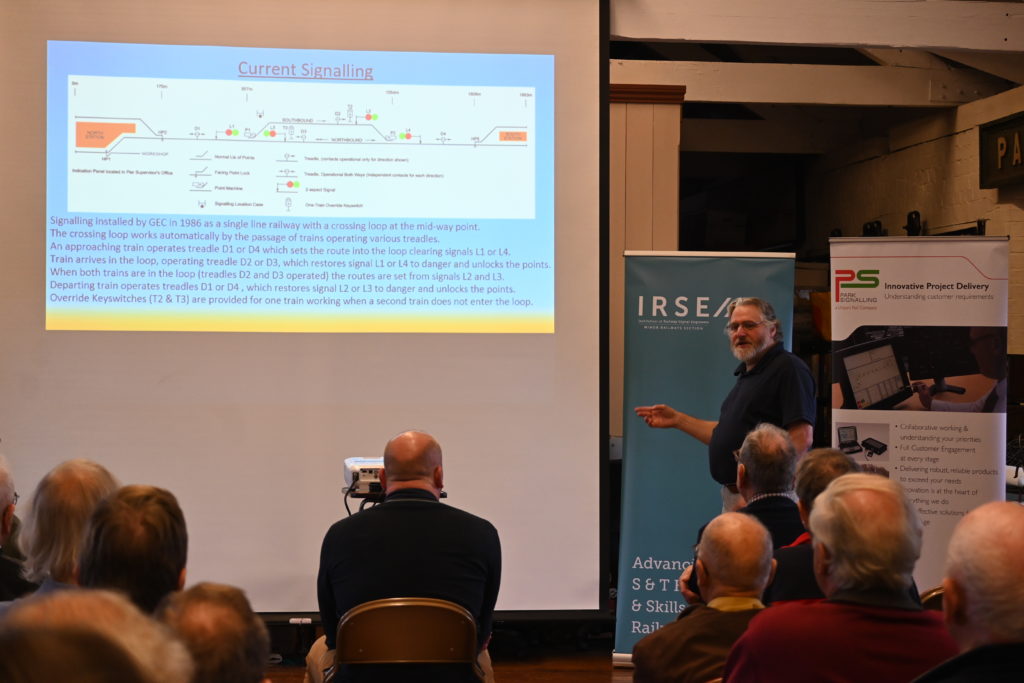
The MRS recognised the support and assistance provided by Dave Postle and the staff of the Kidderminster Railway Museum to the seminar, and Dominic presented Dave with a cheque as a contribution towards the future expansion of the excellent museum. The museum is made up of a fascinating collection of signalling equipment.
Get involved
Being involved with heritage railway signalling is an excellent way to gain engineering knowledge and can offer more opportunity for ‘hands on’ experience than from a main line railway. As the seminar demonstrated, there is lots of interesting, innovative, and creative signalling engineering taking place which can benefit main line railways. The IRSE’s Minor Railways Section’s library and the guidance notes are free to download from the IRSE website.
The MRS Facebook page at www.facebook.com/irseminorrailwayssection provides regular updates of heritage railway signalling activity and, if you are interested in getting involved with heritage railway signalling, then the MRS can be contacted at [email protected].
The next MRS AGM is being planned for June 2022 at the Romney, Hythe and Dymchurch Railway, and the next MRS technical seminar is due to take place in November 2023.

